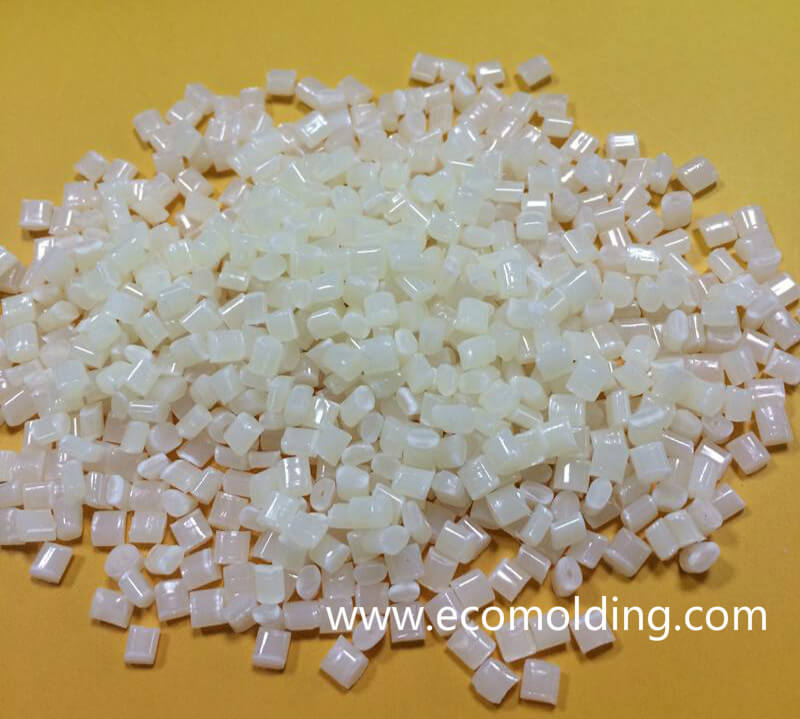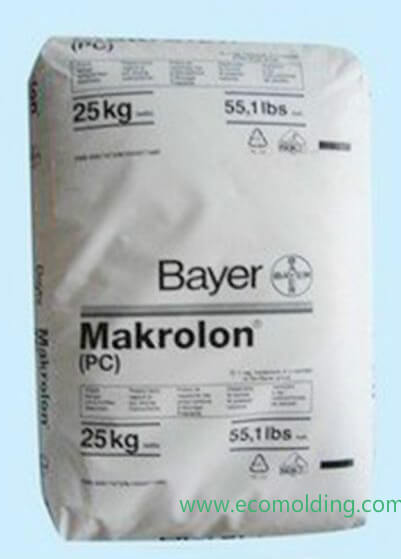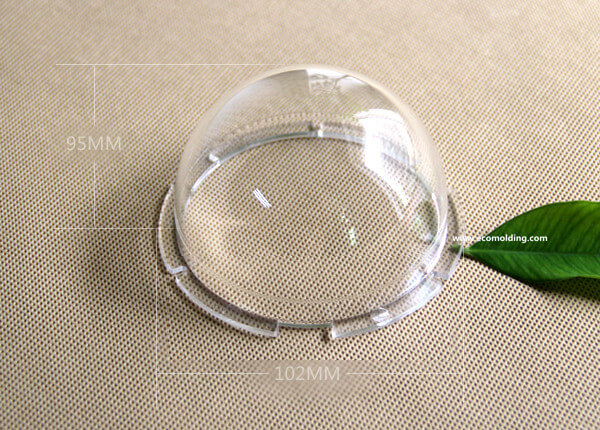
AeroSpace - aerospace plastic injection molding
Author:gly Date: 2024-10-15
I am in the process of developing a pair of smart glasses and am trying to get an idea of what the frames will cost to make. I'm thinking either using injection molding or 3D printing for the parts. There will be 6 different pieces maximum size of 4mm x 160 mm x 40 mm with most well under this. I do not have all the cad drawings completed but was hoping to gain some insight into costs. For injection I know that tooling is usually the most expensive part. I've thought instead of doing 6 separate molds using 1 mold for all parts, similar to the plastic model kits. The details will be very tiny and thin as well. Is it possible to develop a estimate with this information or should I wait for the CAD drawings?
The melt viscosities of PC are usually Newtonian up to shear rates of 1000 s-1 and reduce more than that. The Heat Deflection Temperature under Load usually ranges between 130 and 140 degrees Celsius (or 266 – 284 degrees Fahrenheit) and the Vicat Softening Point is usually around 155 degrees Celsius (or 311 degrees Fahrenheit).
PC is one of the polyesters of carbonic acid, and all of the general-purpose PC materials are produced on basis of bisphenol A (BPA). In the molecules, the BPA component leads to its relatively higher glass transition temperature of 150 degrees Celsius (or 302 degrees Fahrenheit), while the rotational mobility of the carbonyl group inside the molecules allows the material to be highly ductile and tough.


According to the publication, AZO Materials, the PC injection molding plastic material was invented in the middle of the 20th century at the same time by GE in the US and Bayer in Germany. In today’s society, the material is produced by a great number of companies worldwide, each usually having their own manufacturing processes, exclusive formulas and trade names, including well known variant resins, such as Lexan® by produced SABIC, or Makrolon® produced by Bayer MaterialScience.
PC injection molding materials that have a high molecular weight (meaning the melt flow rate is rather low) usually features higher mechanical properties, but it becomes more difficult to process such grades of PC. It is a good idea to choose the PC type for a specific application on basis of the desired requirements, e.g. for high impact resistance, choose a low-MFR (Melt Flow Rate) PC; on the contrary, for optimal processability, choose a high-MFR (Melt Flow Rate) PC.
As an amorphous engineering material, PC features an exceptionally high resistance to impact / heat, great clarity, outstanding sterilizability, admirable flame retardancy, and good resistance to stain. The notched Izod resistance to impact of the PC materials is pretty high, with a low and consistent mold shrinkage rate of (0.1 – 0.2 mm).
Polycarbonates, more commonly known as PC, are a group of thermoplastic polymers containing carbonate groups in their chemical structures. Although PC are commercially available in a diversity of different of colors (either translucent or opaque), the raw material is able to transmit light internally in a capacity similar to that of glass. The PC material is typically applied to produce a wide range of materials and are especially useful when the product requires outstanding resistance to impact and / or good transparency (for example, when used in production of bullet-proof glass). The PC material is most commonly applied for production of plastic lenses in eyewear, medical equipment, plastic auto components / parts, protective gears, greenhouse material, digital disks (CD, DVD, and Blu-ray), as well as exterior lighting fixtures. PC is also very resistant to heat and is able to be mixed with flame retardants without causing significant degradation to the material. PC is a group of engineering plastic materials, since they are able to be used for more capable and robust applications, e.g. in “glass-like” surfaces that are strongly resistant to impact.

In the market, many different industry grades of the PC injection molding plastic materials are commercially available, most of which are referred to by their generic name (PC). Usually, they are differentiated by how much reinforcing glass fiber they contain, as well as the difference in melt fluidity among them. Some PC materials are combined with additives, such as the “UV stabilizers” that help protect it from long period direct exposure to the sunlight. PC materials that are plastic injection moldable may contain some other additives, such as mold release agents that help lubricate the mold during the injection molding process. Finished PC materials are usually sold in rods, cylinders or sheets.
During the hydrolysis (the chemical breakdown of a compound due to reaction with water) process, it is very likely that some types of PC materials can be harmful when contacting with food, due to the unwanted release of Bisphenol A (BPA). The most commonly produced PC types are created by combining BPA and COCl2, but there are BPA free PC materials available, which are especially marketable for applications that involve perishable water or food.
A subreddit for anyone in the manufacturing industry. Content is very diverse: you'll find videos, articles and self posts just to name a few.
GETTING A QUOTE WITH LK-MOULD IS FREE AND SIMPLE.
FIND MORE OF OUR SERVICES:


Plastic Molding

Rapid Prototyping

Pressure Die Casting

Parts Assembly



